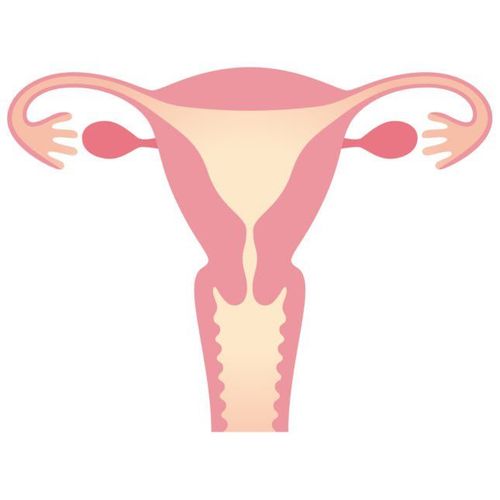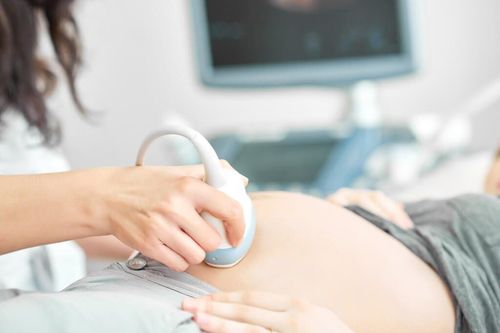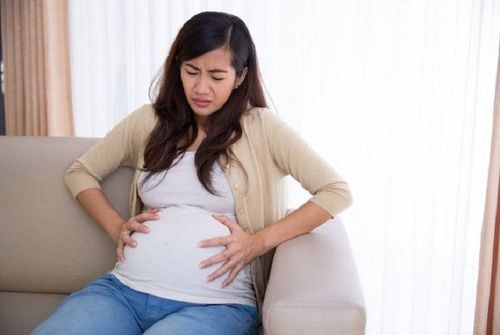Đếm số lần thai máy là trải nghiệm đầu tiên của thai phụ về sự có mặt của một cơ thể khác đang phát triển từng ngày trong chính cơ thể mình. Nhiều người phụ nữ lần đầu làm mẹ thường lo lắng thai máy nhiều bên trái hơn hay thai máy bên phải nhiều hơn là tốt
1. Thai máy là gì?
Theo các bác sĩ chuyên khoa, thì cử động của thai nhi hay còn được gọi là thai máy. Đây là dấu hiệu khi thai nhi có những cử động như xoay trở mình, tay chân hay toàn thân thai nhi có cử động mà người mẹ cảm nhận được.
Các bác sĩ sẽ căn cứ vào cử động thai để theo dõi biểu hiện tình trạng sức khoẻ của thai nhi. Khi số lần thai máy giảm đi đó là dấu hiệu báo động tình trạng sức khoẻ của thai nhi đang kém đi. Khi thai nhi không máy hay máy yếu có thể đó là do thai đang suy hay thai đã chết lưu trong tử cung.
Bác sĩ cho biết các phụ nữ mang thai sẽ bắt đầu cảm nhận được những cử động của thai nhi vào tuần lễ thứ 20 của thai kỳ. Thường trong ba tháng giữa này, cử động của thai nhi thường không đều đặn, nhưng càng về sau càng đều đặn hơn. Thời gian hoạt động rõ nhất là từ cuối tuần thứ 27-32.
Ban đầu, thai máy chỉ là những cử động nhẹ nhàng, xuất hiện một vài lần trong ngày, mẹ sẽ có cảm giác như có cái gì đó cựa quậy trong bụng mình. Càng về những tháng cuối thai kỳ, tần số thai máy nhiều hơn và mức độ cũng mạnh hơn.
Ở tuần thai thứ 30 – 38, tần suất thai máy sẽ đạt tối đa theo chu kỳ 10 – 30 lần trong vòng 12 tiếng đồng hồ. Đây cũng là một trong những tiêu chí quan trọng để đánh giá tình trạng sức khỏe của thai nhi.

Tuy nhiên, có nhiều bà mẹ nhận thấy rằng, thai nhi của mình có thể chỉ đạp bên trái mà không đạp bên phải, có một số bà bầu thì thấy hiện tượng ngược lại.
2. Thai máy nhiều bên trái
Khi mới nhận biết được thai máy, bà mẹ sẽ thấy bé yêu cử động khắp vùng bụng dưới. Bởi vì lúc này bé còn khá nhỏ nên có thể thoải mái chuyển động trong bụng bà mẹ.
Nhưng trong những tháng cuối thai kỳ, khi kích thước của bé lớn hơn, không gian tử cung không còn đủ rộng rãi khiến bé phải ổn định vị trí bằng cách quay đầu về phía cổ tử cung của bà mẹ.
Khi xoay đầu xuống dưới, mông của bé sẽ ở đáy tử cung, còn phần lưng thường ở bên phải hoặc bên trái tử cung. Nếu phần lưng nằm ở bên phải thì chân tay bé sẽ quay về bên trái. Như vậy, bà mẹ sẽ cảm nhận được hoạt động của bé tác động chủ yếu lên vùng bụng trái gây ra thai máy nhiều bên trái.
3. Thai máy bên phải nhiều
Tương tự như trường hợp thai máy nhiều bên trái, thì với hiện tượng thai máy bên phải nhiều, cách giải thích đơn giản là:
Nếu lưng của thai nhi nằm ở bên trái thì chân và tay của bé sẽ ở bên phải. Ở tư thế này, bé sẽ thường xuyên dùng tay và chân đạp vào bụng mẹ nên mẹ cảm thấy sự chuyển động của bé hầu hết ở bên phải
4. Thai máy bên trái là trai hay gái

Thông thường, các bà mẹ sẽ cảm nhận được cảm giác thai máy khi thai kỳ bước sang tuần 20. Sớm hay muộn còn là do mẹ mang thai con so hay con rạ. Hiện nay vẫn chưa có bằng chứng chứng minh thai máy bên trái là trai hay gái. Tuy nhiên, nếu mẹ sớm cảm nhận được thai máy so với thời gian chuẩn thì có nhiều khả năng mẹ đang mang thai bé trai. Nguyên nhân là bởi các nhiễm sắc thể XX của một bé gái hoạt động mờ nhạt hơn so với các nhiễm sắc thể XY của một bé nam. Đây là lý do tại sao một bé gái luôn gặp khó khăn hơn khi vùng vẫy trong bụng mẹ so với những bé trai.
Bên cạnh đó, sức mạnh của mỗi lần thai máy cũng cho mẹ biết được dấu hiệu rõ ràng hơn. Bé trai thường cử động mạnh và hay vặn vẹo mình nhiều hơn so với bé gái. Trong khi đó bé gái thường có những cái cử động uyển chuyển và nhẹ nhàng. Theo các mẹ chia sẻ, bé trai thường thích phóng một cú đạp thật mạnh và đột ngột trước khi di chuyển xung quanh. Ngược lại, bé gái thường di chuyển từ từ và đa phần bà mẹ có thể đoán được khi nào thai nhi vận động.
Để cuộc đẻ diễn ra suôn sẻ, an toàn, thai phụ cần hiểu rõ: Quy trình cuộc chuyển dạ diễn ra như thế nào, thường kéo dài trong bao lâu để có hướng sinh thường hay sinh mổ, bảo vệ sức khỏe tốt nhất cho thai nhi.
Các phương pháp giảm đau trong khi sinh, hạn chế đau đớn và giải tỏa áp lực tâm lý khi chuyển dạ.
Cách rặn và thở khi sinh thường đúng cách để cuộc chuyển dạ diễn ra nhanh chóng, thai phụ không mất sức khi sinh.
Cách kiểm soát các cơn co tử cung sau sinh trong thời gian ngắn nhất.
Cách chăm sóc vết khâu tầng sinh môn không gây nhiễm trùng và biến chứng nguy hiểm.
Tái khám sau sinh sớm để phát hiện những bất thường nguy hiểm như sót nhau, sót gạc.
Chăm sóc trẻ sơ sinh đến khi đầy tháng khỏe mạnh.
Để đặt lịch khám tại viện, Quý khách vui lòng bấm số HOTLINE hoặc đặt lịch trực tiếp TẠI ĐÂY. Tải và đặt lịch khám tự động trên ứng dụng MyVinmec để quản lý, theo dõi lịch và đặt hẹn mọi lúc mọi nơi ngay trên ứng dụng.
Để đặt lịch khám tại viện, Quý khách vui lòng bấm số HOTLINE hoặc đặt lịch trực tiếp TẠI ĐÂY. Tải và đặt lịch khám tự động trên ứng dụng MyVinmec để quản lý, theo dõi lịch và đặt hẹn mọi lúc mọi nơi ngay trên ứng dụng.





